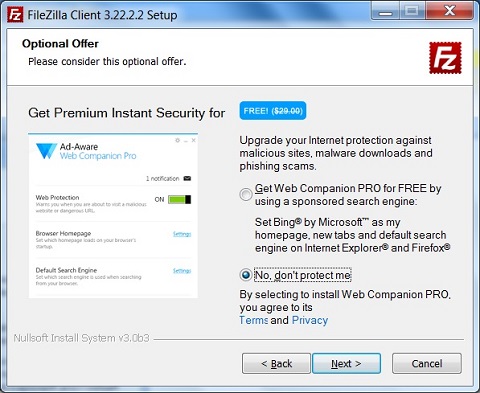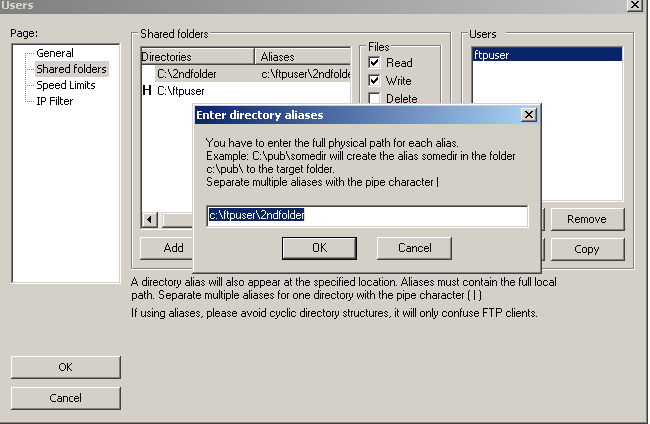

- Filezilla client web interface zip file#
- Filezilla client web interface update#
- Filezilla client web interface password#
- Filezilla client web interface download#
- Filezilla client web interface free#
Toggles on/off synchronized browsing feature.
Filezilla client web interface update#
This will update it with the newest changes. Toggles hide/show bottom tabs (Queued Files, Failed Transfers, Successful Transfer). Toggles hide/show bottom tabs (Queued Files, Failed Transfers, Successful Transfer) Toggles hide/show the local site folder explorer. Toggles hide/show the status output shown when trying to make a connection. See below for a description of each icon’s purpose.Īdd new and manage connections to different servers. Successful Transfers : This will contain a list of files that have been transferred successfully, where they were from, and where they were transferred to.Īlong the top of the client interface, there is a row of icons.Failed Transfer : If not successful, click this tab and it will tell you some information about the transfer, including the reason it failed.When empty, no transfers are in progress. Queued Files : If you are transferring a directory or a large group of files, they will be queued in this tab.Once you have started a transfer, you can see if it was successful by looking at the tabs at the bottom of the screen. You can also drag-and-drop directories to copy them. This will automatically start a transfer to the opposite location.Īnother method is to select multiple files by using Cmd + Shift + Click and then dragging-and-dropping the files to the desired directory on the opposite side. The first method is to double-click the name of a single file. There are several ways to start a file transfer. These files will be displayed in the space below the Local Site or Remote Site, depending on where the selected directory is located.Īt this point, you know enough to start using FileZilla for transferring files. You can also click the name of a directory to display any files within. You can click the little triangles next to the directory names to see any subdirectories. Your server directories will appear under Remote Site. Once you have connected, your local directories will appear under Local Site. If this is the first time you are connecting to your server, a warning may pop-up and tell you that the “server host key is unknown.” If you are sure you have connected to the right account, click OK. Once you have done this, click Quickconnect. For pair Networks customers, the port number is 22.Īt the top of the client interface, input this information. Port Number : This is the port number used to establish a connection to the server.
Filezilla client web interface password#
For pair Networks customers, this is the password you use to log in to the ACC.
Filezilla client web interface zip file#
zip file and, when you click the downloaded file, your Mac should automatically extract it for you. The server is only compatible with Windows.
Filezilla client web interface download#
Be sure that you don’t download the FileZilla server. Go to and download the FileZilla Client. The first step to setting up your very own FileZilla client is to download it. Using an earlier version will result in FileZilla malfunctioning. Keep in mind that you must be using OS X 10.9 or later for FileZilla to work on your Mac. Even though this article is focused on FileZilla for Mac, you can put FileZilla on many other popular operating systems.
Filezilla client web interface free#
The best part about FileZilla? It’s free and open-source, making it easy on the bank. Most of the time, you can drag-and-drop files and folders in order to start a transfer. FTP/SFTP clients, like FileZilla, make the process easy by giving you an easy-to-use interface. It is a common way to take your local files and copy them to your server.

FileZilla is capable of using both FTP and SFTP, so you can have that extra security if you desire it.įTP/SFTP is used to transfer files from one machine to another. FTP stands for File Transfer Protocol, while SFTP is the more secure version of FTP.


 0 kommentar(er)
0 kommentar(er)
